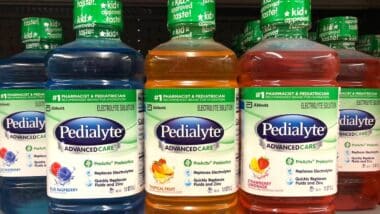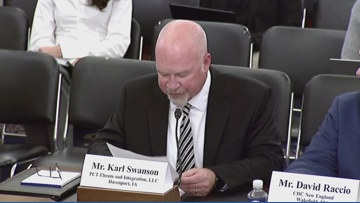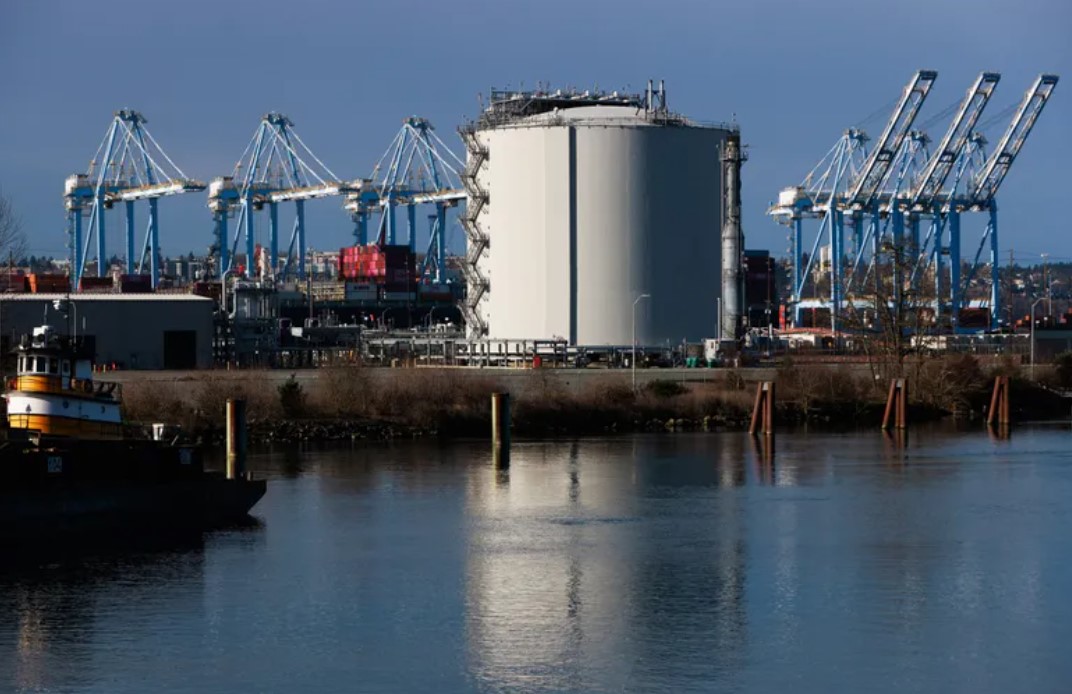Report on Paterson High School Graduation Cancellation Due to Extreme Heat
Incident Overview
On Monday afternoon, the graduation ceremony for hundreds of high school students in Paterson was abruptly canceled mid-ceremony due to extreme heat conditions causing multiple attendees to fall ill. The event was held at Hinchliff Stadium and involved five Paterson high schools.
Health Impact and Emergency Response
- Students, dressed in full caps and gowns, experienced severe heat exhaustion as they exited the stadium.
- Several individuals, including students and their relatives, required immediate medical attention; some were transported on stretchers to a makeshift cooling center and subsequently to ambulances.
- According to Paterson Mayor Andre Sayegh, approximately 50 people needed treatment on-site, with nine hospitalized.
Student Experience
Senior Ciarra Bailey from Rosa Parks Arts High School reported severe physical distress, stating, “It was exhausting. I couldn’t breathe, like my chest hurts. They gave us a lot of water, but it wasn’t enough, honestly.” Due to the cancellation, many students, including Bailey, did not receive their diplomas during the ceremony. Only students from East Side High School were awarded diplomas at the event.
Official Actions and Future Measures
- Mayor Sayegh declared a state of emergency following the incident.
- He committed to consulting with the school district to schedule future graduation ceremonies during evening hours to mitigate heat-related risks.
Emphasis on Sustainable Development Goals (SDGs)
SDG 3: Good Health and Well-being
- The incident highlights the critical need for ensuring health and safety during public events, particularly under extreme weather conditions.
- Emergency medical response and the establishment of cooling centers demonstrate efforts to protect well-being.
SDG 11: Sustainable Cities and Communities
- Paterson’s response to the heat emergency reflects the importance of resilient infrastructure and preparedness in urban settings.
- Planning for future events during cooler times aligns with creating safer, more sustainable community environments.
SDG 13: Climate Action
- The extreme heat event underscores the impacts of climate change on local communities.
- Adapting public event scheduling and emergency protocols contributes to climate resilience and adaptation strategies.
Recommendations
- Implement heat risk assessments for all large public gatherings.
- Develop and enforce guidelines for event timing and infrastructure to reduce heat exposure.
- Increase community awareness and preparedness for climate-related health risks.
1. Sustainable Development Goals (SDGs) Addressed or Connected
- SDG 3: Good Health and Well-being – The article highlights health issues caused by extreme heat during a graduation ceremony, leading to multiple people falling ill and requiring medical treatment.
- SDG 11: Sustainable Cities and Communities – The incident occurred in an urban setting (Paterson), emphasizing the need for resilient infrastructure and safe public events in the face of climate-related challenges.
- SDG 13: Climate Action – The extreme heat event reflects the impacts of climate change, underscoring the importance of climate adaptation and mitigation strategies.
- SDG 4: Quality Education – The disruption of the graduation ceremony affected students’ educational milestones, indicating the need for safe and inclusive educational environments.
2. Specific Targets Under Those SDGs
- SDG 3: Good Health and Well-being
- Target 3.8: Achieve universal health coverage, including access to quality essential health-care services.
- Target 3.d: Strengthen the capacity of all countries for early warning, risk reduction, and management of health risks.
- SDG 11: Sustainable Cities and Communities
- Target 11.5: Reduce the number of deaths and the number of people affected by disasters, including water-related disasters.
- Target 11.7: Provide universal access to safe, inclusive, and accessible green and public spaces.
- SDG 13: Climate Action
- Target 13.1: Strengthen resilience and adaptive capacity to climate-related hazards and natural disasters in all countries.
- SDG 4: Quality Education
- Target 4.a: Build and upgrade education facilities that are child, disability and gender sensitive, and provide safe, non-violent, inclusive and effective learning environments.
3. Indicators Mentioned or Implied to Measure Progress
- Health Impact Indicators
- Number of people affected by heat-related illnesses during public events (implied by “50 people who needed treatment” and “nine transported to hospital”).
- Availability and accessibility of emergency medical services during extreme weather events.
- Disaster Risk Reduction Indicators
- Number of emergency declarations issued in response to climate-related hazards (e.g., “state of emergency” declared by the mayor).
- Implementation of adaptive measures such as scheduling events during cooler times (“promised to hold graduations in the evening”).
- Education Environment Indicators
- Number of educational events disrupted due to environmental hazards.
- Access to safe and inclusive educational facilities that can withstand climate stressors.
4. Table of SDGs, Targets, and Indicators
| SDGs | Targets | Indicators |
|---|---|---|
| SDG 3: Good Health and Well-being |
|
|
| SDG 11: Sustainable Cities and Communities |
|
|
| SDG 13: Climate Action |
|
|
| SDG 4: Quality Education |
|
|
Source: newjersey.news12.com







